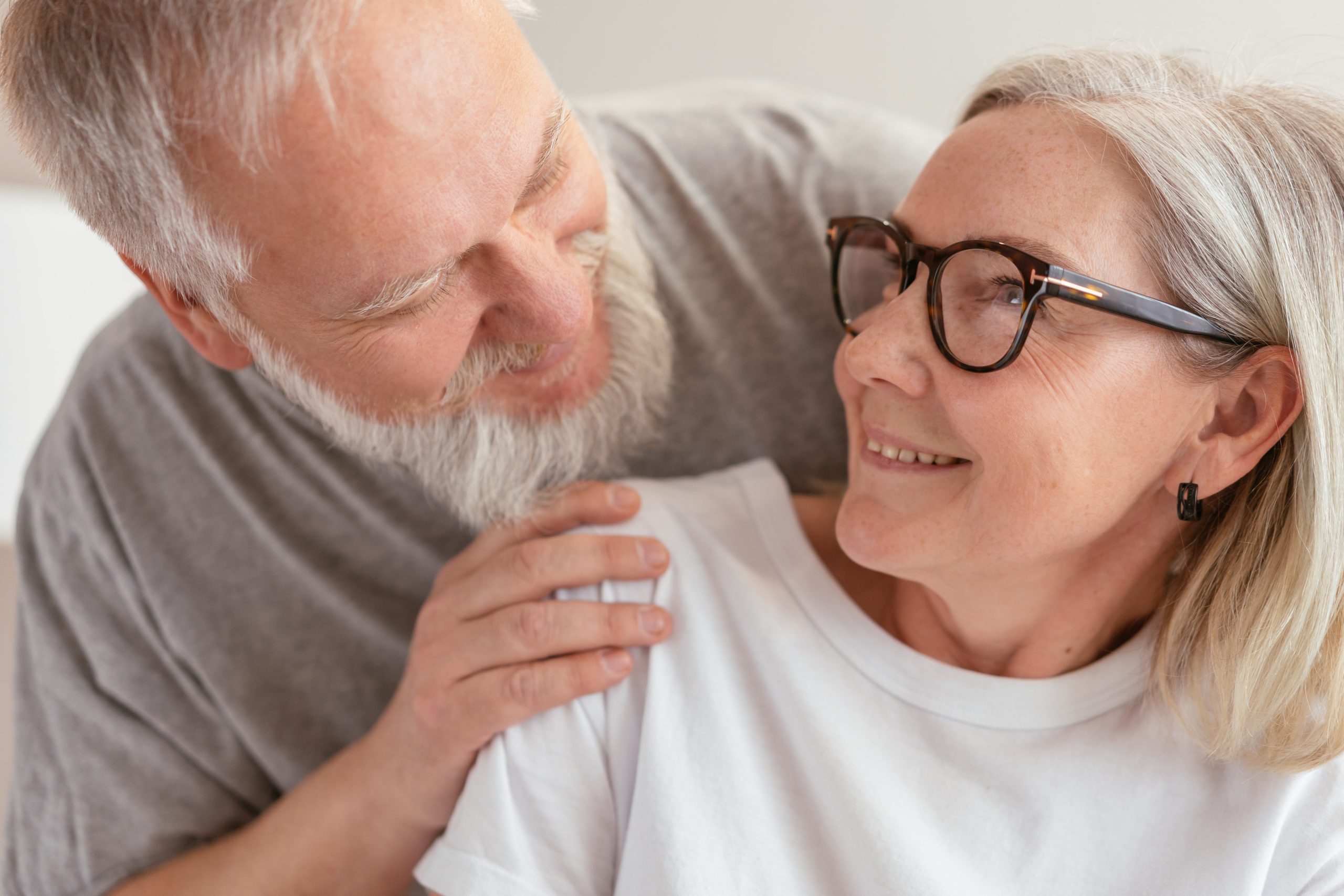Improving Quality of Life: Strategies for Parkinson’s Care

The image is not directly related to the article. It merely symbolizes the life of elderly people.
Question: What are some strategies for improving the quality of life for individuals with Parkinson’s disease?
Answer: There are several strategies that can help improve the quality of life for individuals with Parkinson’s disease:
- Regular exercise: Engaging in physical activity such as walking, swimming, or yoga can help improve mobility, balance, and overall well-being.
- Medication management: Working closely with a healthcare professional to ensure proper medication dosage and timing can help manage symptoms and improve quality of life.
- Speech and language therapy: Parkinson’s disease can affect speech and swallowing abilities. Speech therapy can help individuals improve their communication skills and maintain swallowing function.
- Diet and nutrition: A balanced diet can play a significant role in managing Parkinson’s disease. Eating a variety of nutrient-rich foods and staying hydrated can help individuals maintain their overall health.
- Support groups and counseling: Joining a support group or seeking counseling can provide emotional support and help individuals cope with the challenges of living with Parkinson’s disease.
- Assistive devices: Using assistive devices such as canes, walkers, or adaptive utensils can help individuals maintain independence and perform daily activities more easily.
Question: How can occupational therapy benefit individuals with Parkinson’s disease?
Answer: Occupational therapy can provide numerous benefits for individuals with Parkinson’s disease:
- Improving daily living skills: Occupational therapists can help individuals adapt their daily routines and develop strategies to perform activities such as dressing, cooking, and bathing more easily.
- Enhancing fine motor skills: Parkinson’s disease can affect fine motor skills, making tasks like writing or buttoning a shirt challenging. Occupational therapy can help individuals regain or enhance these skills.
- Assessing and recommending assistive devices: Occupational therapists can assess an individual’s needs and recommend assistive devices that can improve independence and safety.
- Addressing cognitive changes: Parkinson’s disease can also have cognitive effects. Occupational therapy can help individuals improve their memory, attention, and problem-solving abilities.
- Providing emotional support: Occupational therapists can offer emotional support and help individuals navigate the emotional challenges associated with Parkinson’s disease.
Question: Are there any non-pharmacological treatments that can help manage Parkinson’s symptoms?
Answer: Yes, there are several non-pharmacological treatments that can help manage Parkinson’s symptoms:
- Physical therapy: Physical therapy can help improve strength, flexibility, and balance, which can alleviate some of the motor symptoms associated with Parkinson’s disease.
- Deep brain stimulation (DBS): DBS is a surgical procedure that involves implanting electrodes in the brain to help control motor symptoms. It is often recommended for individuals whose symptoms are not fully controlled by medication.
- Acupuncture: Some individuals find acupuncture helpful in managing symptoms such as pain, tremors, and stiffness.
- Music and dance therapy: Engaging in activities such as singing, playing a musical instrument, or participating in dance classes can help improve mood, coordination, and mobility.
- Massage therapy: Massage therapy can provide relaxation, reduce muscle tension, and improve circulation, which can be beneficial for individuals with Parkinson’s disease.
Question: How can caregivers support individuals with Parkinson’s disease?
Answer: Caregivers play a crucial role in supporting individuals with Parkinson’s disease:
- Provide emotional support: Caregivers can offer reassurance, empathy, and understanding to individuals with Parkinson’s disease, helping them cope with the emotional challenges of the condition.
- Assist with daily activities: Caregivers can assist with tasks such as dressing, grooming, meal preparation, and medication management to ensure the individual’s needs are met.
- Encourage and facilitate exercise: Caregivers can help individuals with Parkinson’s disease engage in regular exercise by accompanying them on walks, assisting with exercises, or arranging for physical therapy sessions.
- Advocate for the individual: Caregivers can act as advocates, ensuring the individual’s needs are met within the healthcare system and helping them navigate medical appointments and treatments.
- Take care of their own well-being: Caregivers need to prioritize their own self-care to prevent burnout. Seeking support from support groups, respite care, or professional counseling can be beneficial.
The image is not directly related to the article. It merely symbolizes the life of elderly people. Question: What are some strategies for improving the quality of life for individuals with Parkinson’s disease? Answer: There are several strategies that can help improve the quality of life for individuals with Parkinson’s disease: Regular exercise: Engaging in…
Recent Posts
- Empowering Caregivers: The Best Online and Offline Resources to Enhance Your Skills
- Traveling with a Purpose: The Rise of Volunteer Vacations
- Breaking Stigma: Dispelling Myths about Mobility Aids and Disability
- Avoiding Probate: How Trusts Can Simplify the Estate Settlement Process
- Senior Citizens Beware: Common Financial Scams and How to Stay Protected

